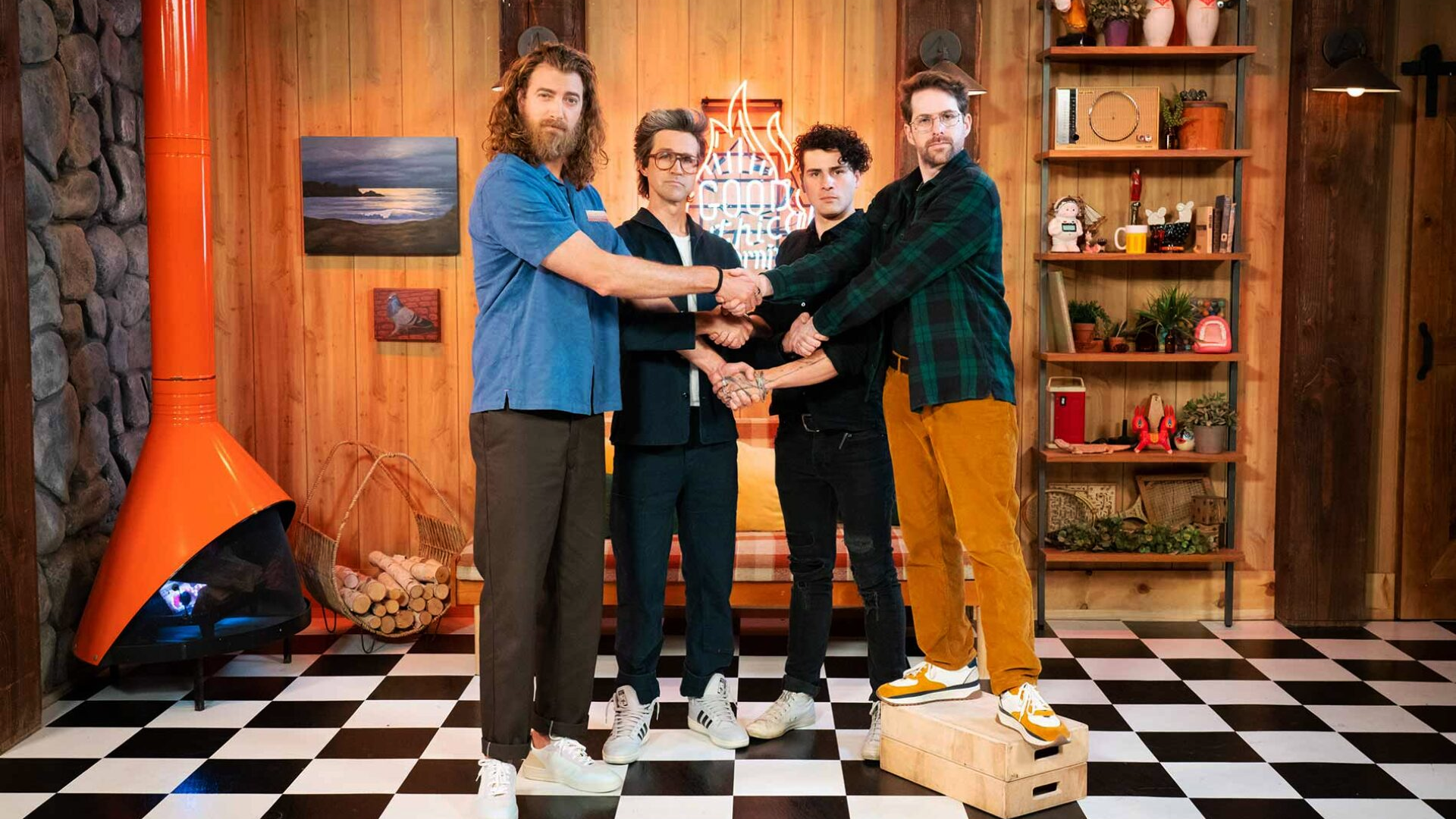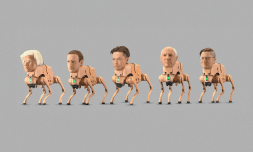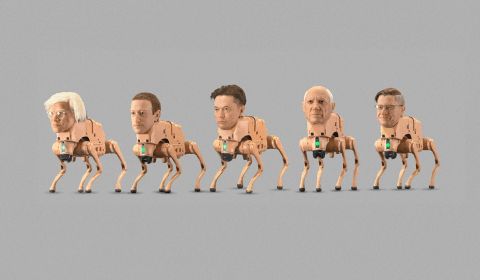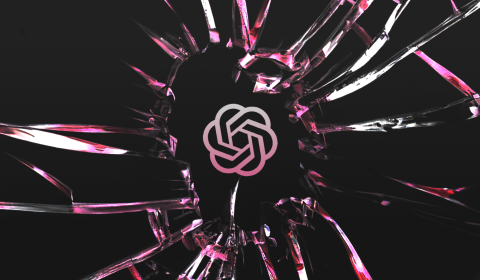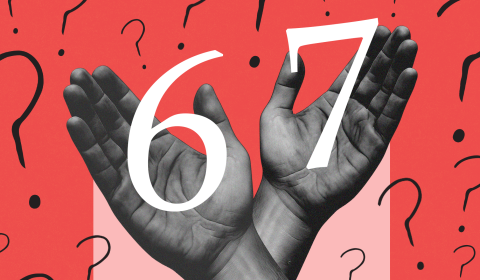Last week, Smosh’s co-founders Ian Hecox and Anthony Padilla purchased the company from owners Rhett and Link. It’s the first time the two have had complete creative control since 2011.
Ian Hecox and Anthony Padilla have announced their acquisition of Smosh, a comedy YouTube channel and brand they first founded in 2005.
After six years working independently on scripted sketches and vlogs, the duo sold Smosh to a larger digital media company called Defy Media in 2011. Both stayed on as employees and still appeared in most videos, branching out into new projects such as mobile games, a movie, and additional channels.
Smosh’s expansion steadily diminished the creative freedom of its original founders, however, and eventually Anthony left the company entirely in 2017, leaving Ian to keep the brand afloat with a new cast of supporting comedians and entertainers.
Defy Media suddenly went into liquidation in 2018 and Smosh was left without any financial backing. It was then picked up by Good Mythical Morning, an online entertainment company owned by YouTubers Rhett and Link.
Now, the creative rights have been purchased back by Ian and Anthony, giving them complete control over Smosh for the first time in twelve years. They made the news official on the original Smosh channel and have said new sketch comedy videos will be appearing fortnightly. In Anthony’s words, ‘classic Smosh is back’.
For younger Millennials and older Gen Zers, Smosh was a hugely influential channel that helped establish online content creation as a viable career path before it was a norm.
Building a commercial and monetizable brand that housed multiple channels, properties, and products digitally was not yet standard practice, and so Ian and Anthony’s business approach was mostly guess work.









